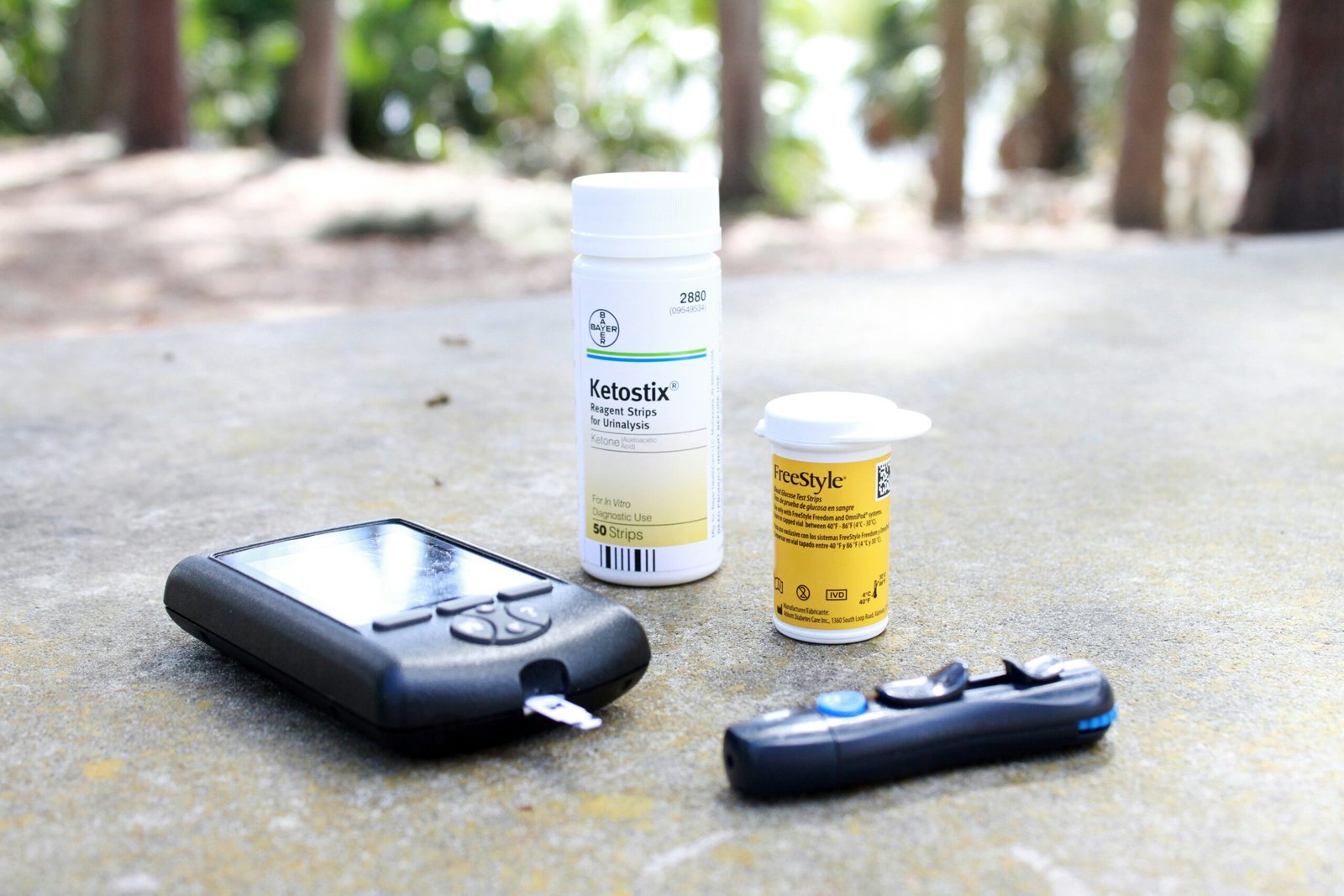Understanding Fertility Awareness
Fertility awareness is a method of family planning that involves understanding and tracking a woman’s menstrual cycle to determine her fertile and infertile periods. By identifying the fertile days, couples can choose to either avoid or engage in sexual intercourse, depending on their reproductive goals. This method can be used to both achieve and avoid pregnancy, depending on the couple’s preferences.
The Rhythm Method
One of the most commonly known fertility awareness methods is the rhythm method. This method involves tracking the length of a woman’s menstrual cycle over several months to determine the fertile and infertile days. The fertile period is calculated by subtracting the shortest cycle length from the longest cycle length and then subtracting 18 days. For example, if a woman’s shortest cycle is 28 days and her longest cycle is 32 days, her fertile period would be from day 10 to day 14 of her cycle.
It’s important to note that the rhythm method is not as reliable as other methods of fertility awareness, as it assumes that a woman’s cycle length remains consistent from month to month. However, many women experience variations in their cycle length due to factors such as stress, illness, or hormonal changes. Therefore, it’s recommended to use additional methods of tracking, such as basal body temperature or cervical mucus monitoring, to increase the effectiveness of the rhythm method.
Basal Body Temperature Tracking
Basal body temperature (BBT) tracking involves measuring a woman’s body temperature every morning before getting out of bed. A slight increase in temperature, usually around 0.5 to 1 degree Fahrenheit, indicates that ovulation has occurred. This temperature rise is caused by the release of the hormone progesterone, which is produced after ovulation.
To track basal body temperature accurately, it’s important to use a specialized BBT thermometer that measures temperature to the nearest tenth of a degree. The readings should be recorded daily on a chart or in a fertility tracking app. By observing the pattern of temperature changes over several months, a woman can identify her fertile and infertile days.
It’s important to note that basal body temperature tracking is retrospective, meaning it can only confirm that ovulation has occurred after it has happened. Therefore, it may not be the most effective method for avoiding pregnancy, as the fertile period has already passed by the time the temperature rise is observed. However, it can be useful for planning intercourse to increase the chances of conception.
Cervical Mucus Monitoring
Cervical mucus monitoring involves observing changes in the consistency and appearance of cervical mucus throughout the menstrual cycle. The cervix produces different types of mucus in response to hormonal changes. During the fertile period, the mucus becomes clear, slippery, and stretchy, resembling raw egg whites. This type of mucus facilitates the movement of sperm through the cervix and into the fallopian tubes, increasing the chances of fertilization.
By monitoring cervical mucus daily and recording the observations on a chart or in a fertility tracking app, a woman can identify her fertile and infertile days. It’s important to note that cervical mucus monitoring should be used in conjunction with other methods of fertility awareness, such as basal body temperature tracking or the rhythm method, to increase accuracy.
Effectiveness and Considerations
The effectiveness of fertility awareness methods depends on several factors, including the consistency of tracking, the regularity of a woman’s menstrual cycle, and the couple’s commitment to abstaining from intercourse during fertile periods. When used correctly and consistently, fertility awareness methods can be up to 99% effective in avoiding pregnancy.
However, it’s important to consider that fertility awareness methods do not protect against sexually transmitted infections (STIs). If STI protection is a concern, it’s recommended to use additional barrier methods, such as condoms, during intercourse.
It’s also important to note that fertility awareness methods require a certain level of commitment, understanding, and communication between partners. Both partners should be actively involved in tracking and interpreting the fertility signs to ensure effective use of the method.
Conclusion
Fertility awareness is a natural and effective method of family planning that allows couples to understand and track a woman’s menstrual cycle to determine her fertile and infertile periods. By using methods such as the rhythm method, basal body temperature tracking, and cervical mucus monitoring, couples can make informed decisions about when to engage in or avoid sexual intercourse. While fertility awareness methods require commitment and understanding, they can provide a reliable and empowering approach to family planning.

